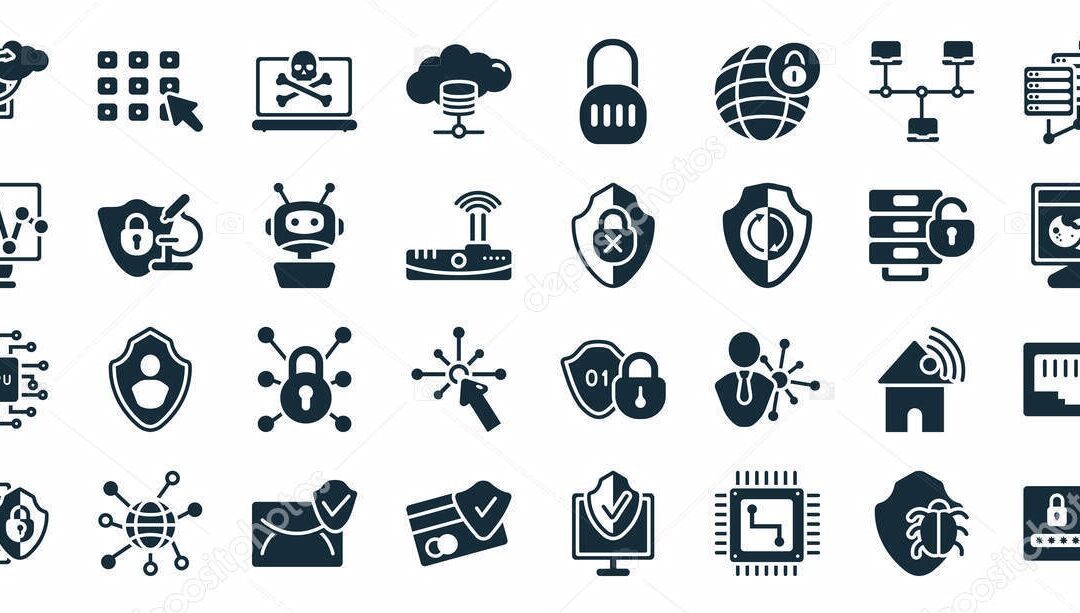Cybersecurity for Small Businesses:
Why It Matters
When it comes to cybersecurity, many small business owners think they’re too small to be targeted. Early on, this was largely true but only because Cybercriminals started attacking larger companies. Unfortunately, smaller businesses are increasingly being targeted. Cybercriminals often view small businesses as easy prey because they typically have fewer security measures in place than larger corporations. In today’s digital landscape, no business is too small to be attacked, making cybersecurity an essential investment for businesses of all sizes.
Why Cybersecurity Matters for Small Businesses
1. Small Businesses Are a Target According to recent reports, nearly half of all cyberattacks target small businesses. Hackers know that small businesses often lack robust security systems, making them vulnerable to breaches.
2. Cost of a Cyberattack A single cyberattack can be devastating. Costs include lost revenue, legal fees, customer trust, and even fines for non-compliance with data protection regulations. Studies show that 60% of small businesses go out of business within six months of a major breach.

3. Customer Trust Customers expect businesses to protect their personal and financial information. A data breach can damage your reputation and lead to loss of customer trust, which is often difficult to rebuild.
4. Regulatory Compliance Many industries have strict regulations around data protection. Failure to meet these requirements can result in fines or legal action, compounding the damage from a breach.
Small Business-Friendly Steps to Strengthen Cybersecurity
The good news is that improving cybersecurity doesn’t have to break the bank. Here are some budget-friendly steps small businesses can take:
1. Educate Employees
Train your team how to recognize phishing emails, avoiding suspicious links, and practicing safe password habits. Human error is a leading cause of breaches; this is documented but I have heard firsthand that this is the case.
2. Use Strong Passwords and Multi-Factor Authentication (MFA)
Require strong, unique passwords for all accounts and enable MFA whenever possible. This adds an extra layer of protection against unauthorized access.
3. Keep Software Updated
Regularly update your operating systems, applications, and antivirus software to patch vulnerabilities that hackers might exploit.
4. Invest in Basic Security Tools
Use firewalls, antivirus software, and endpoint protection tools to secure your network and devices. Many affordable solutions are designed specifically for small businesses.
5. Backup Data Regularly
Ensure critical business data is backed up daily, preferably to a secure, cloud-based service. In the event of a ransomware attack, you can restore your systems without paying the ransom.
6. Secure Wi-Fi Networks
Encrypt your Wi-Fi network and change default passwords on your router to prevent unauthorized access.
7. Limit Access to Sensitive Information
Only grant access to sensitive data or systems to employees who need it. This reduces the risk of accidental or intentional misuse.
8. Create a Cybersecurity Policy
Establish clear policies on how employees should handle data, use devices, and report security incidents. A documented plan helps ensure everyone is on the same page.
9. Plan for the Worst
Develop an incident response plan outlining how your business will handle a cyberattack. Include steps for identifying, containing, and recovering from breaches.
10. Leverage Managed Security Services
If you lack in-house expertise, consider partnering with a Managed Security Service Provider (MSSP). They can monitor your systems, provide support, and implement advanced protections at a fraction of the cost of a full-time IT team.
The Bottom Line
Cybersecurity is no longer optional for small businesses. By taking proactive steps, you can protect your business, safeguard your customers, and ensure long-term success. Start small, prioritize employee education, and build your defenses over time. Remember, the cost of prevention is far less than the cost of a breach.




Recent Comments